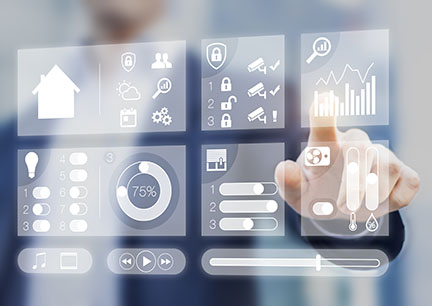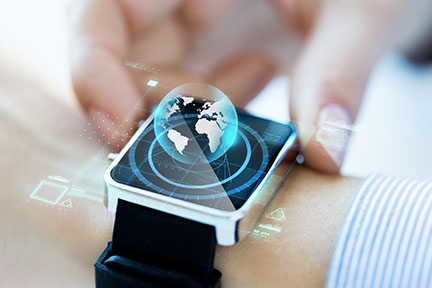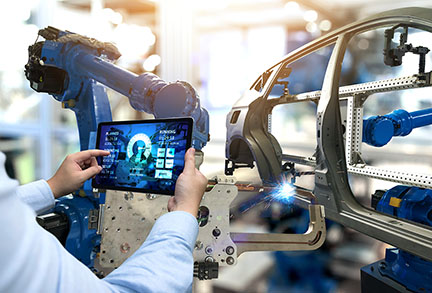The Internet of Things (IoT) has had a profound impact on our lives. Many IoT-connected devices such as smartphones, fitness trackers, smart speakers, and surveillance devices in homes or businesses have already become a crucial part of many people’s daily routine. With the recent rollout of 5G, people started seeing the additional benefits compatible or future 5G IoT devices can bring—greater network reliability and dramatically faster speeds with potentially up to 100 times faster than the 4G connectivity.
High-speed connectivity has become a vital part of infrastructure as many employees work remotely in the wake of the COVID-19 pandemic. The need for social distancing has also led many technology companies to investigate IoT’s other capabilities. Some groceries and restaurants in the cities have already adopted robot for delivery. The entertainment industry is aggressively looking into speeding up augmented reality (AR), and mixed-reality (MR) enabled gaming. Driverless cars may become available in a few years.

From now till the foreseeable future, healthcare will be a significant driving force in IoT market growth. All in all, businesses and creators are looking for new and improved ways to keep people connected and the economy going.
According to Forrester’s new 2021 Predictions, smart offices, remote-asset monitoring, location services, and networking technologies are other use cases likely to see “significant momentum.” In this article, we will examine these IoT trends and more:
More Healthcare Use Cases
Forrester’s research predicts that healthcare use cases will increase in the coming year. As many people stayed home in 2020, their chronic conditions went unmanaged and any preventable conditions likely went unnoticed. There will be a more proactive engagement using wearables and sensors to detect patients’ health at home. Digital health devices are already growing in popularity through wearables, but the increased consumer interest and the reduced cost of connected health devices are causing a surge in interest.
More Smart Office Initiatives
Due to the COVID-19 crisis, many firms have had to develop return-to-work strategies that include IoT applications to both enhance employee safety and improve resource efficiency. Smart lighting, smart energy, and smart environmental monitoring are some possibilities. A chunk of workers will likely remain WFH, aided by IoT devices that have edge intelligence. Virtual assistants can be embedded in many different types of devices, including smart monitors and smart speakers.
More Focus on User Location Data

In real estate, it’s all about “location, location, location.” IoT may not be so different, as the COVID-19 pandemic elevated the importance of delivering convenient customer (and employee) experiences. Location data will play an even more significant role in 2021. Consumers expect curbside pickups and checking in for reservations, while employees may need virtual queues or access control. The issue of location data security will also draw more attention, as technology partners will need to rely on trusted third-party sources to ensure data security.
More Network Connectivity Chaos
An abundance of wireless connectivity options are becoming available, and Forrester expects that 5G and Wi-Fi® technologies will decline in implementation. Other networking options include low-earth-orbit satellites, Bluetooth Low Energy, Zigbee®, and Z-Wave. These wireless networking technologies enable IoT devices to communicate across long distances in a very energy-efficient way. Today’s industry-leading SoCs can run on ultra-low power, meaning they can take better advantage of these different networking options.
More Disruption in Traditional Business
The traditional way companies do business has been disrupted on two fronts. First, the COVID-19 pandemic forced many manufacturers, distributors, and utilities to switch to remote operations and connect their previously unconnected assets. Second, the IoT revolution have made it possible for these companies to practice predictive maintenance, saving human work and invaluable resources. 2021 will see more of the same, as enterprise and industrial IoT will evolve even more.

Conclusion
IoT is already changing the way we live, work, and play. The COVID-19 pandemic has only accelerated our reliance on IoT devices in our smart homes and smart offices. 2021 looks to be much of the same, as we will see new use cases driven by healthcare factors and motivations.
The world of IoT is constantly moving. It will continue to disrupt our world as we become surrounded by edge devices embedded with artificial intelligence. IoT is progressing at a rapid rate, and who knows 2021 may have in store for us?


